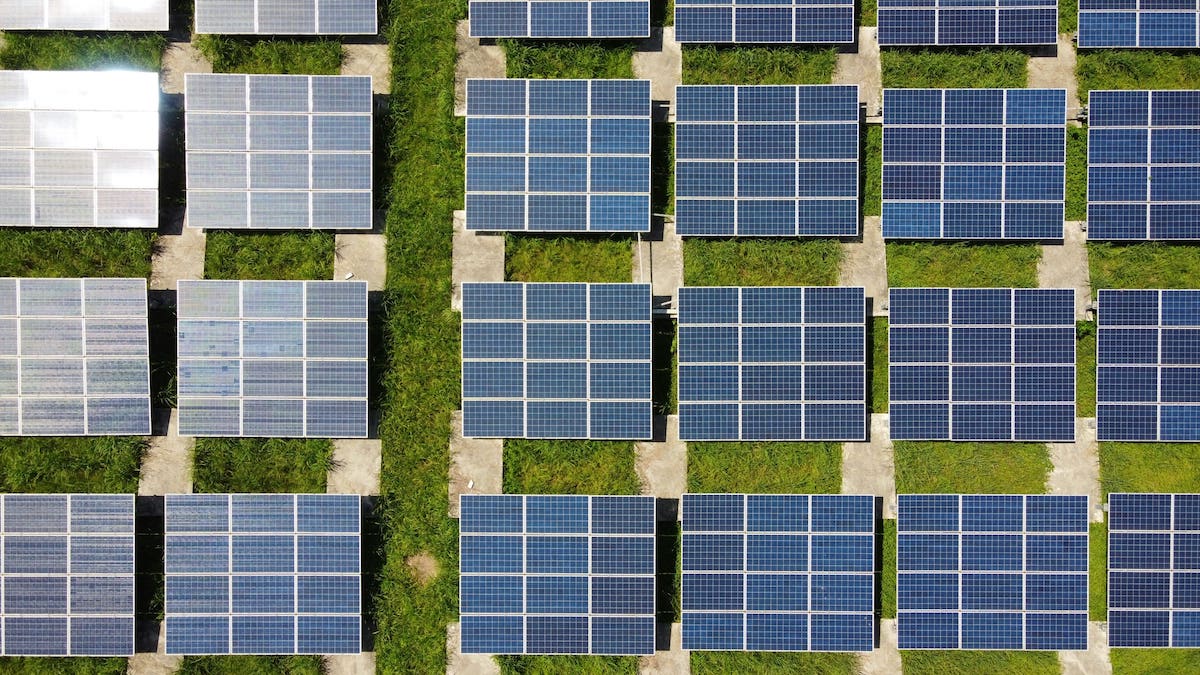Published on 28 March 2024
Photovoltaics in Italy: Lights and Shadows of a Growing Sector

Who hasn't dreamed of covering their roof with solar panels? More and more people are dreaming of generating clean energy with solar panels. And if you've thought about it too, you're not alone!
The solar energy sector
The solar market is booming and represents a major industry. Here's why:
It saves us money: imagine not having to pay your electricity bill anymore because you're producing your own energy. Pretty cool, right?
It helps the environment: no more CO₂ emissions or greenhouse gases that harm the planet.
How many solar installations are there in Italy? Quite a few! By the end of 2023, estimates suggested over 1.2 million systems, mainly in Lombardy, Veneto and Emilia-Romagna. Not bad at all, huh?
And when panels stop working? No worries — several companies already recycle them, recovering up to 95% of the materials. A big step forward for the circular economy!
Of course, it's not all sunshine and rainbows: there's still work to be done to simplify bureaucracy and encourage energy self-consumption. But the future of solar power in Italy looks brighter than ever.
Are you looking for used panels?
Go to the KTS marketplaceSlow but steady growth
The solar energy sector in Italy has seen gradual but solid progress in recent years. By the end of 2023, the installed capacity reached 25 GW, with over 1.2 million systems spread across the country. Lombardy remains the leading region, followed by Veneto and Emilia-Romagna. Despite this growth, Italy still lags behind other European countries like Germany and Spain.
Lifespan and sustainability
The average lifespan of a solar panel is around 25 years, ensuring consistent energy output and significant savings on energy bills. A 3 kWp residential system, for example, can produce around 4,000 kWh of energy per year — enough to meet the energy needs of an average household. Moreover, solar energy production is an eco-friendly choice, helping reduce CO₂ emissions and supporting the fight against climate change. On average, a 3 kWp solar system prevents about 2 tons of CO₂ emissions per year.
Ambitious targets (2030)
The National Integrated Plan for Energy and Climate (PNIEC) sets a target of 52 GW of installed solar capacity by 2030. To achieve this goal, the growth rate — which has hovered around 10% annually in recent years — needs to accelerate. It's estimated that around 2 GW of new installations per year will be required to hit the target.
Reuse and recycling
Recycling solar panels is a key issue. It’s estimated that by 2030, around 1 million panels will reach the end of their life cycle. In Italy, several companies are already working on creating recycling plants capable of recovering up to 95% of the materials. Legislative Decree 118/2020 regulates the end-of-life management of panels, ensuring proper treatment and disposal.
With the new “Operational instructions for the management and disposal of incentivized solar panels”, the amount withheld by the GSE will be €20 per module — double the guarantee value (€10/module) to be paid to the Collective System, in case of joining it under Legislative Decree 118/2020. Don’t miss our upcoming updates on this topic!
The solar sector in Italy has experienced gradual but solid growth in recent years. By the end of 2023, installed capacity had reached 25 GW, with over 1.2 million systems distributed across the country. Lombardy remains the leading region, followed by Veneto and Emilia-Romagna. Despite this growth, Italy still ranks behind other European countries such as Germany and Spain.
Impact on the black market for photovoltaics
The growth of the solar energy sector has unfortunately fueled a black market of counterfeit or low-quality panels. These not only deliver poor performance but can also pose serious safety risks. Such panels often fail to comply with safety regulations and may lead to fires or other incidents.
That’s why it is crucial to rely on certified installers and use guaranteed products.
“Exporting used panels is illegal.” False!
If all export procedures are followed — including converting the product status from WEEE to EEE, providing proof of proper functionality, and submitting a list of serial numbers that will no longer be reintroduced into the GSE incentive system — then the export is absolutely legal.
Future outlook
The future of solar energy in Italy looks promising. Technological innovation, cost reductions, and growing environmental awareness will continue to drive the sector's expansion.
The target of 52 GW by 2030 seems realistic, provided that decisive action is taken to streamline bureaucratic procedures and promote energy self-consumption.
Solar energy development can bring significant environmental, economic, and social benefits:
Environmental benefits: reduced CO2 emissions and stronger action against climate change;
Economic benefits: job creation and decreased dependence on fossil fuels;
Social benefits: improved energy independence and better air quality.
Solar energy sector: in conclusion
Photovoltaics represent a strategic resource for the decarbonization of Italy’s energy system.
The commitment of the government, the involvement of companies, and the active participation of citizens will be key to achieving the set goals and building a more sustainable future.
Are you looking for used panels?
Go to KTS marketplace